Jiaozi
Dumplings, or jiaozi in Chinese, have been around for over 1,800 years, dating back to the Eastern Han Dynasty (25–220 AD). They were created by Zhang Zhongjing, a well-known physician, as a way to treat frostbite during cold winters. He made a special dish shaped like ears using dough, filled with herbs, lamb, and pepper to help improve blood flow and heal the frostbitten areas.
Over time, jiaozi evolved into the ones we recognize today. They’ve become a popular dish for holidays, symbolizing good luck, wealth, and prosperity, as their shape resembles ancient gold ingots. They also represent family unity, as making jiaozi is often a family bonding activity where everyone pitches in. While their health benefits were once the main focus, these days jiaozi are enjoyed as a hearty, everyday meal. They're typically stuffed with ground meat, vegetables, and spices, and served with soy sauce or vinegar.
What’s in a name?
The word "dumpling" actually comes from the German Dampfnudeln, which means “steamed noodles.” However, Dampfnudeln is a different dish made with yeast dough, like a sweet or savory steamed bun. The classic dumpling, on the other hand, is made with unleavened dough, shaped like a half-moon, filled with savory ingredients, and cooked by boiling, steaming, or frying.
German-speaking settlers brought the idea of dumplings to North America in the 18th and 19th centuries. Over time, the term "dumpling" became more widely used to describe stuffed dough in English and other European languages.
Other lucky foods for Chinese New Year celebrations
Luck Foods are an important part of the Chinese New Year celebration. They are rooted in wordplay and symbolism, representing luck, wealth, and prosperity.
Wordplay: Chicken, fish, Bok Choy, Tangerine.
Symbolism: 1) Sticky rice balls - their round shape symbolizes family unity and togetherness; 2) Spring rolls - the shapes look like gold bars.
Reference(s)

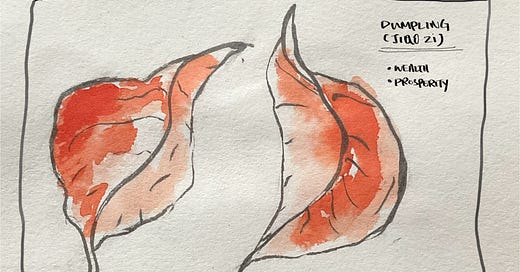



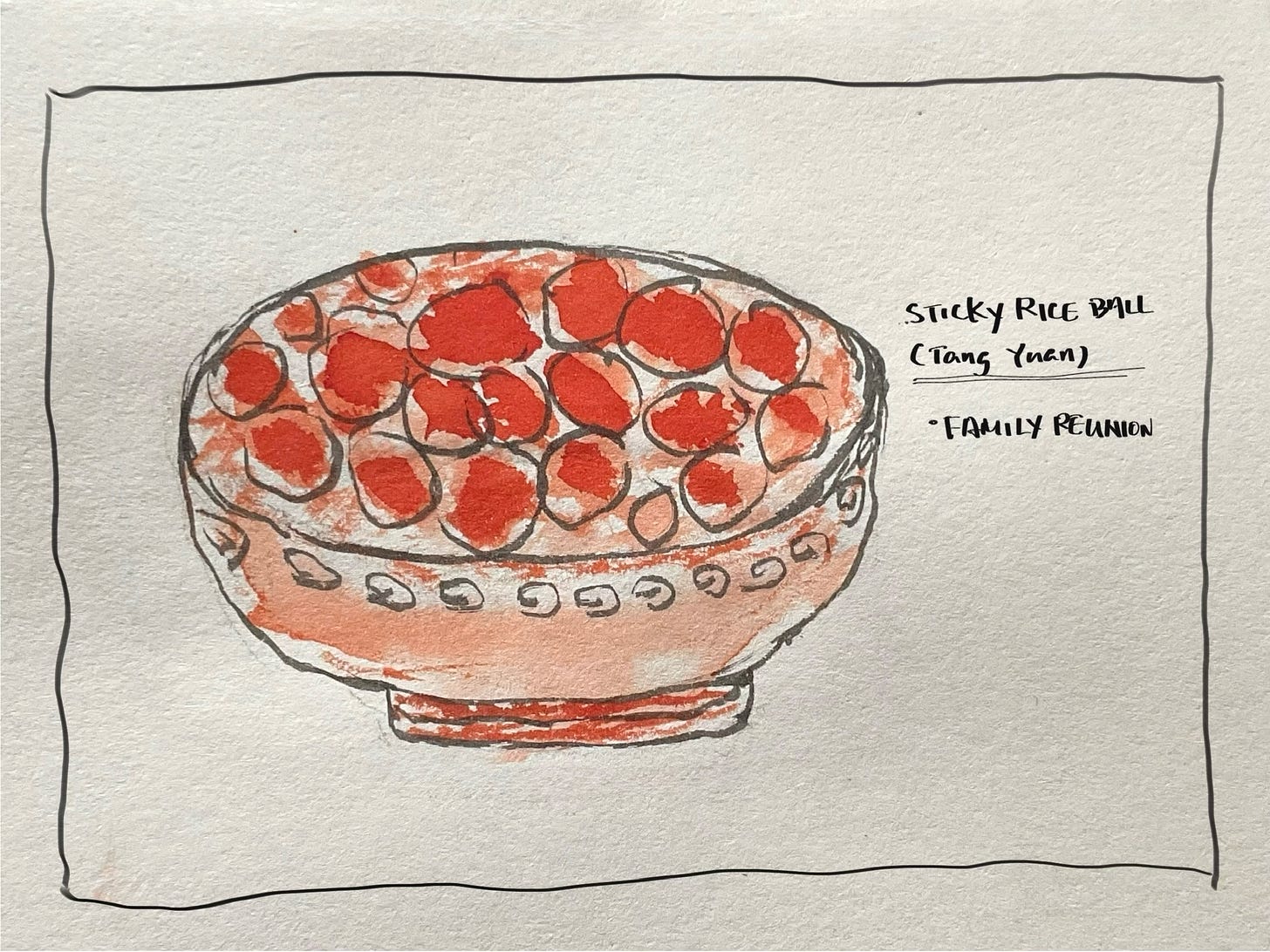
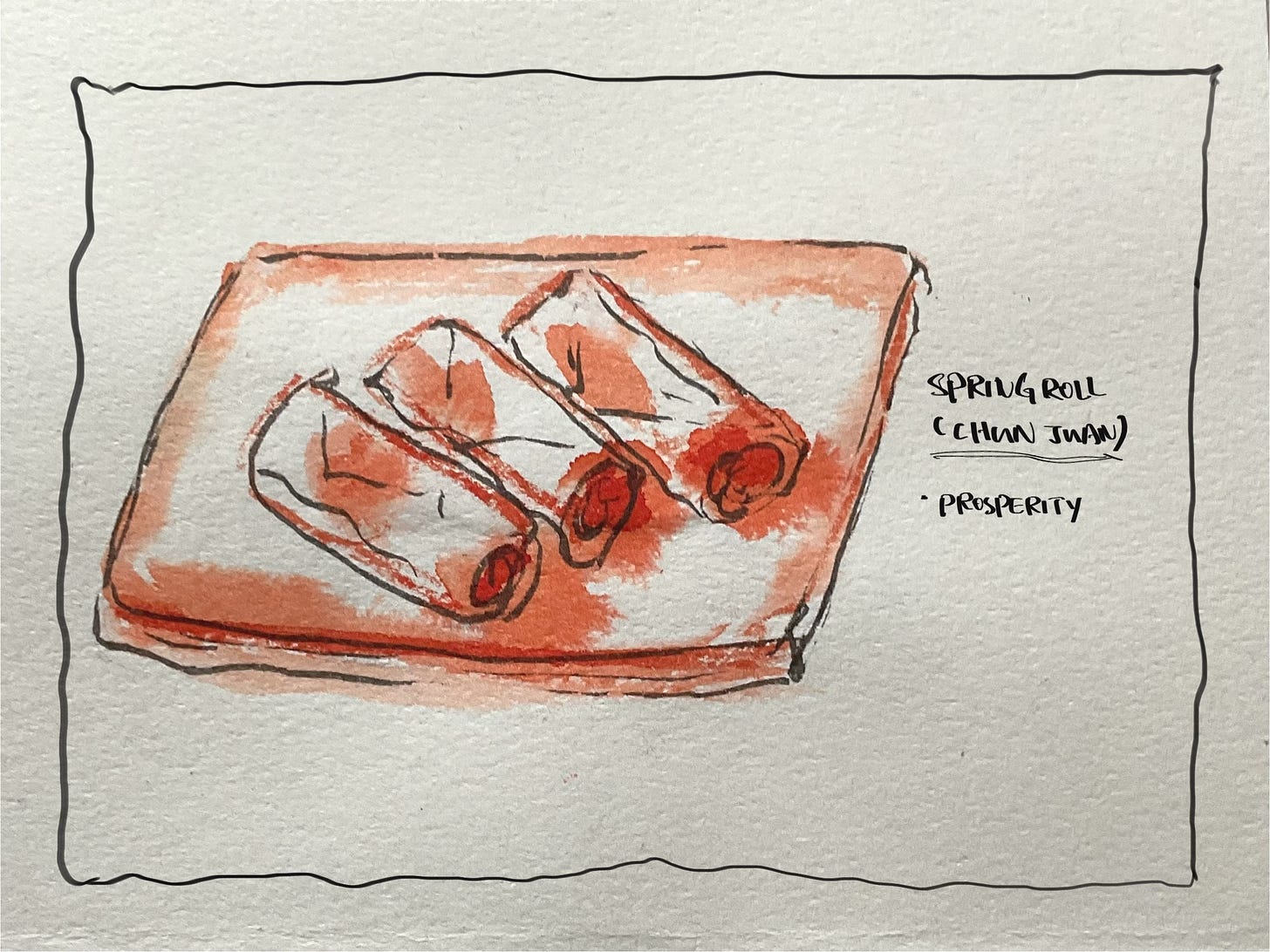

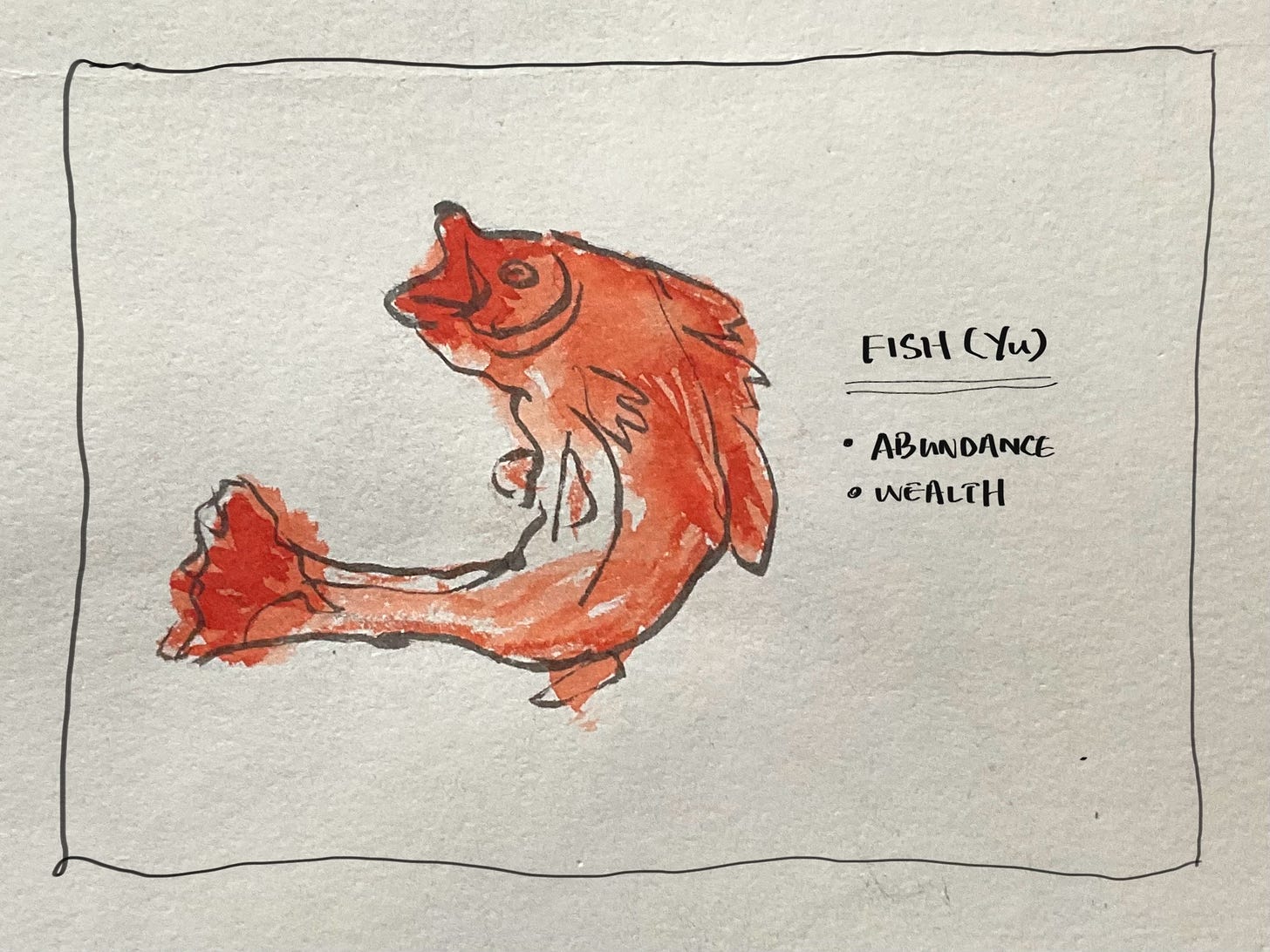


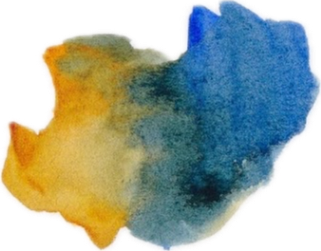
Interesting read, and love your drawings! :) I know of several dishes, food, or even drinks (in different cultures) that started as a cure for something. So interesting to see how they evolved. I didn't know about the Chinese dumplings, thanks for the history lesson :)